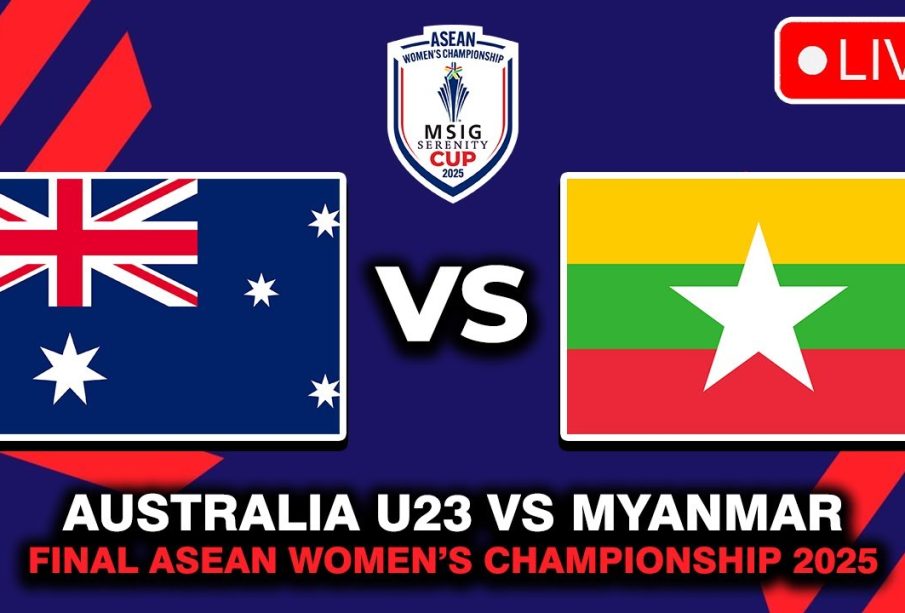Australia vs Myanmar: An Insight into Current Events

Introduction
The relationship between Australia and Myanmar has gained significant attention as both countries navigate complex political landscapes and economic challenges. With Australia’s notable role in advocating for democracy and human rights, understanding the dynamics between these nations is crucial, particularly in the context of the recent political turmoil in Myanmar.
Recent Developments
In February 2021, Myanmar faced a military coup that ousted the democratically elected government. This event has led to widespread international condemnation, with Australia being one of the countries to impose sanctions on Myanmar’s military leaders. In a statement, Australian Foreign Minister Penny Wong emphasized Australia’s commitment to supporting the people of Myanmar in their struggle for democracy and human rights.
As a response to the crisis, Australia has allocated humanitarian aid to support Myanmar’s displaced populations and has partnered with various NGOs to deliver essential services. The Australian government has also been vocal on international platforms, including the United Nations, advocating for accountability, and a return to democratic governance in Myanmar.
Trade and Economic Relations
Despite the ongoing political crisis, trade relations between Australia and Myanmar continue to develop. In 2022, bilateral trade amounted to approximately AUD 360 million, showing resilience amidst the tensions. Australia exports goods such as agricultural products and machinery to Myanmar while importing textiles and extracts.
The crucial nature of these economic connections reflects Australia’s broader strategy to maintain engagement with Southeast Asian nations, fostering a stable economic environment while promoting democratic values. However, as Australia weighs its options, it must balance economic interests with principles of human rights and democracy.
Conclusion
The situation in Myanmar remains fluid, and the international community is closely monitoring developments. Australia’s firm stance on advocating for democracy and human rights signifies its commitment to supporting the Myanmar people. Future relations will likely hinge on Myanmar’s political trajectory and the willingness of its leaders to engage with the global community.
Given the current events, it is imperative for readers to stay informed about the geopolitical dynamics in the region, as they will impact not only bilateral relations but also the broader Southeast Asian landscape. As Australia continues to seek ways to assist Myanmar, the future of this partnership will be a critical area to watch.









